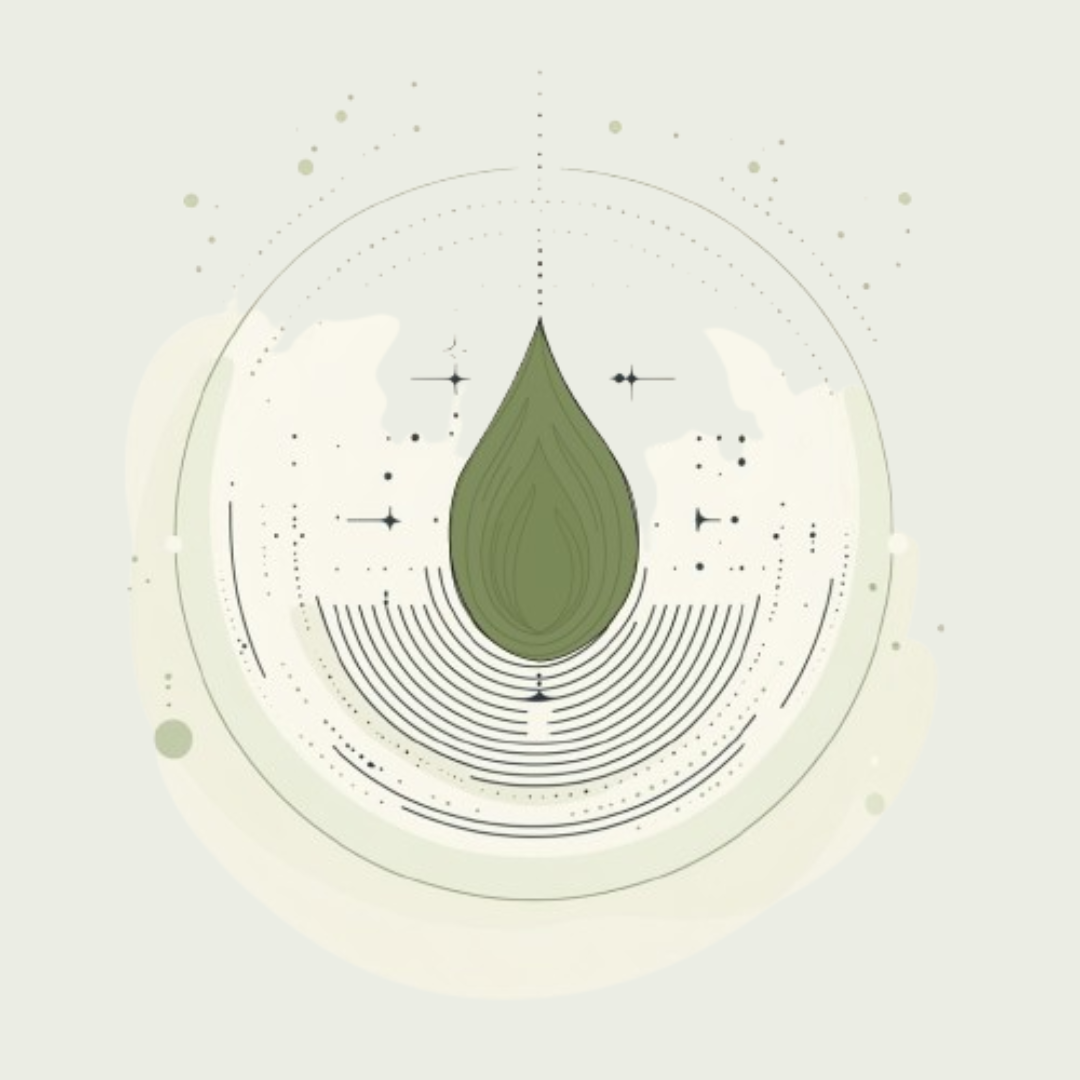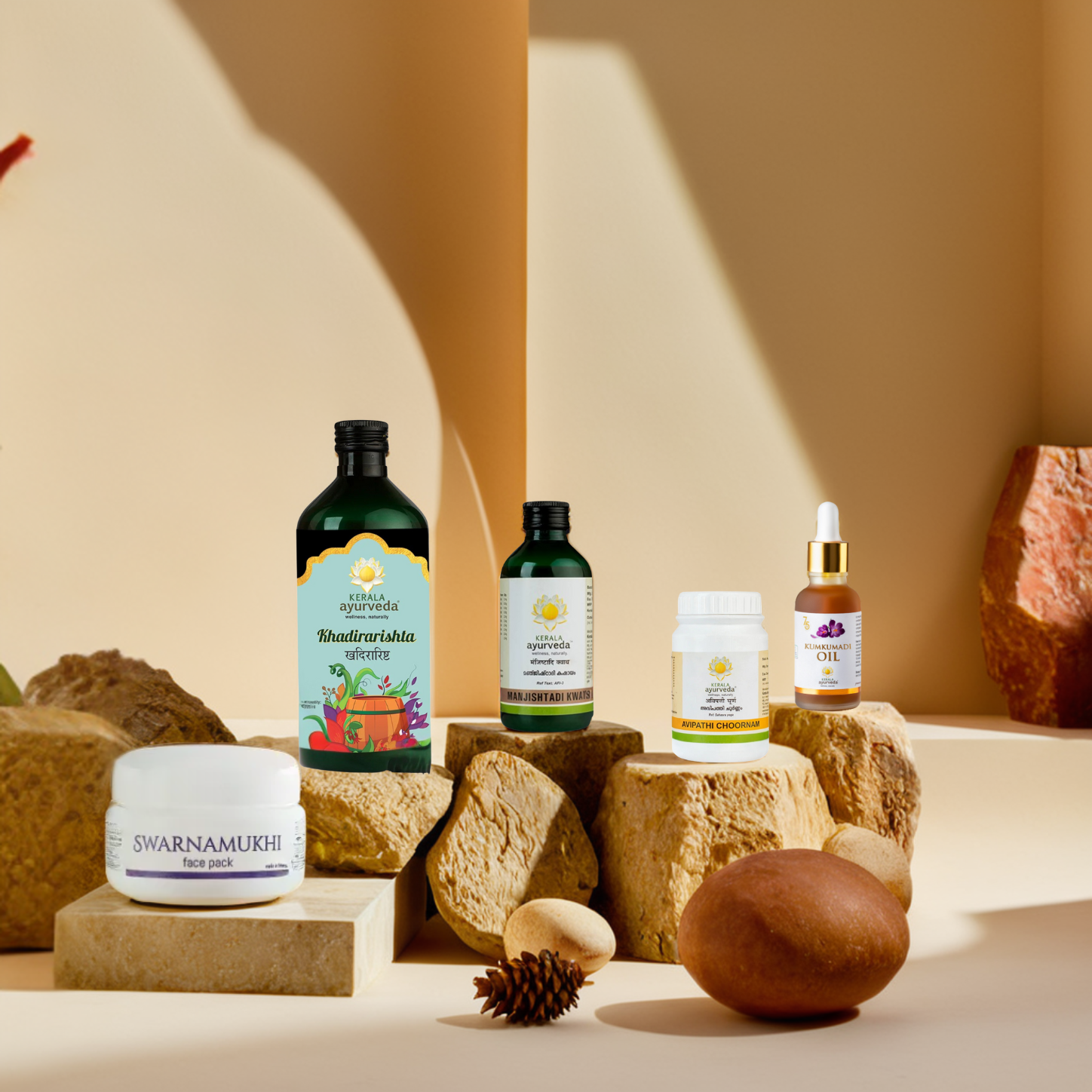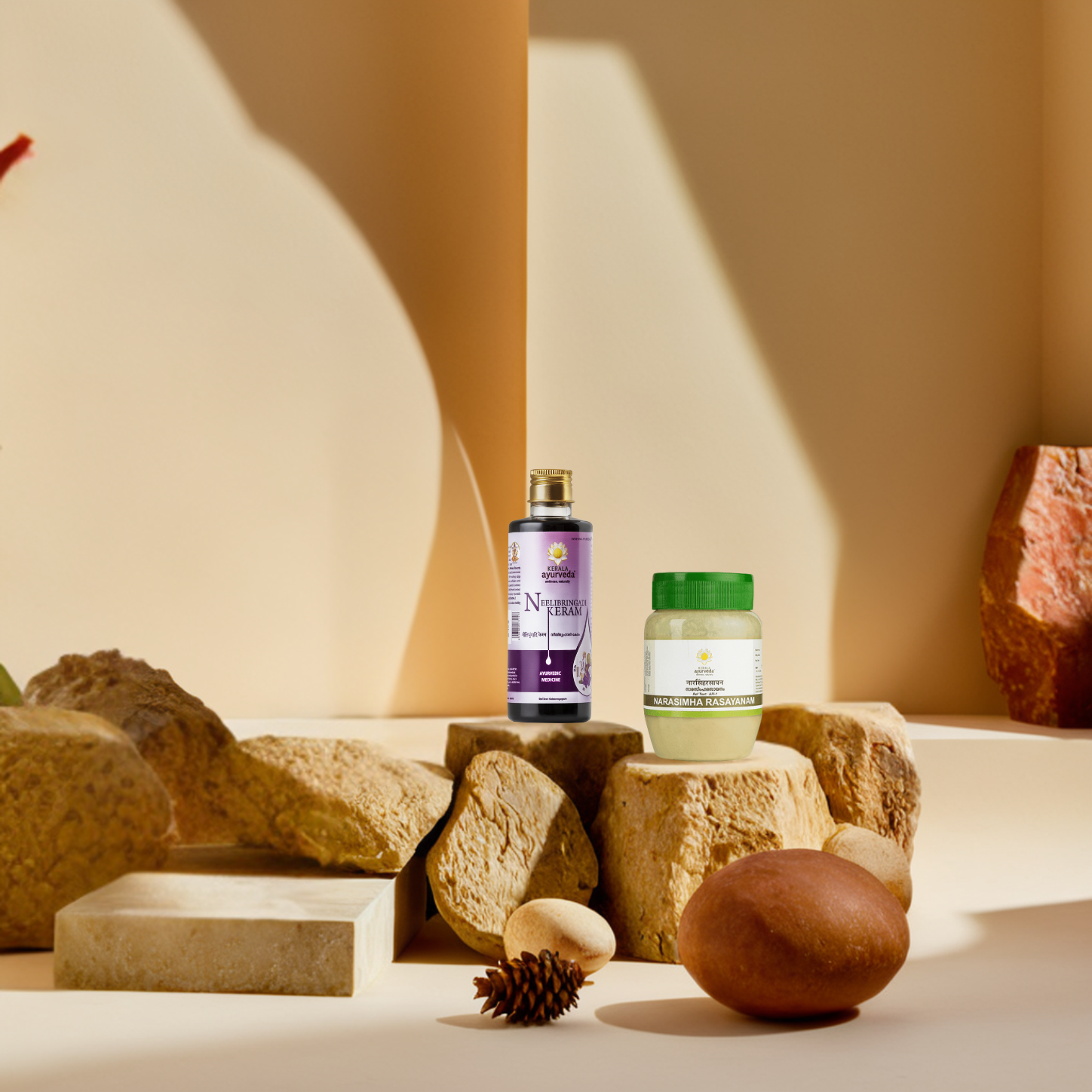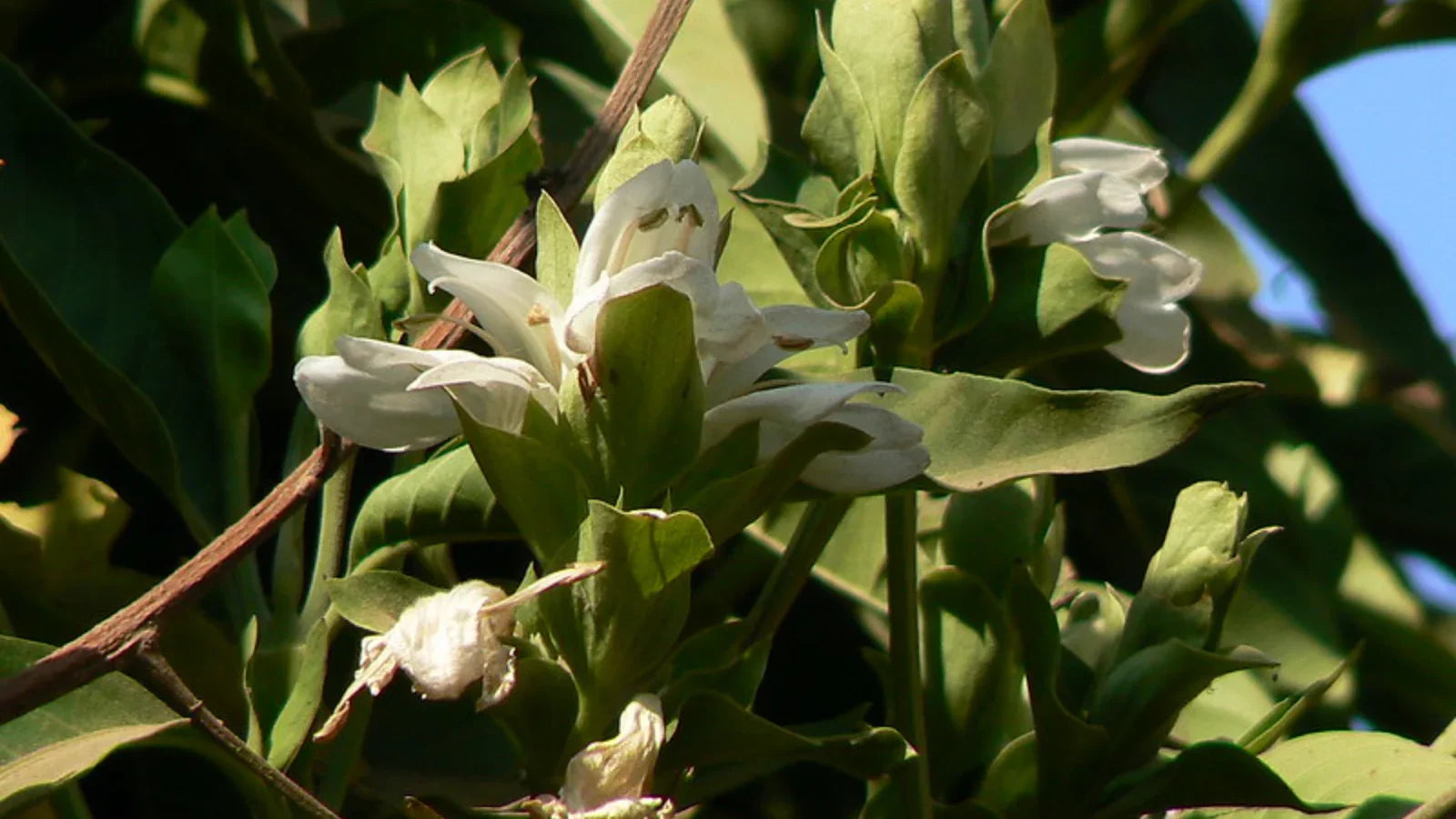Highlights
Isn’t this something we do involuntarily, without a second thought? But, when a cough lingers or congestion makes every breath feel heavier, it’s hard not to notice how much we take it for granted.
Respiratory issues are on the rise today, from seasonal allergies to chronic conditions like asthma and bronchitis. With this growing concern for lung health, many are turning to natural remedies.
If you’ve ever sipped on a warm herbal kadha or relied on a cough syrup to ease these stubborn respiratory issues, chances are Vasaka (Malabar Nut) has quietly worked its magic in soothing your throat.
Once found in royal gardens for its powerful healing properties, it remains a trusted presence in homes and health practices across the country. People still swear by it for its ability to clear airways and ease breathing troubles.
How can you include this humble plant in your routine? Let’s find out.
What is Vasaka?
You know that feeling when your chest feels heavy, and no matter how much you cough, the mucus just won’t budge? Vasaka (Adhatoda Vasica) is one of those herbs that quietly helps in the background to clear congestion, ease chronic cough, and support lung function.
It works by thinning out stubborn phlegm and calming irritation in your airways. Ayurveda classifies it as Tikta (bitter) and Kashaya (astringent) in taste. It helps in balancing Kapha dosha (which governs mucus) and cooling down Pitta dosha (which can cause inflammation).
Vasaka has been around for centuries, growing in India, Afghanistan, and nearby regions, and has been trusted for centuries as a natural solution for respiratory relief.
Medicinally Useful Parts of the Vasaka Plant
Each part of the Vasaka plant plays a significant role in Ayurvedic healing:
- Leaves: These are the heart of Vasaka. They’re full of vasicine, which helps clear out mucus, making it easier to breathe when you have a cough, bronchitis, or asthma.
What else? Vasaka leaves also naturally repel mosquitoes. People used to burn them to keep the bugs away, and guess what? It still works today.
- Flowers: They might look delicate, but Vasaka flowers are packed with flavonoids that strengthen your lungs. In Ayurveda, they’re often mixed into a form of Gulkand to support people dealing with chronic congestion or even tuberculosis.
- Bark & Root Bark: This part of Vasaka works deep inside, cleansing the body. The alkaloids in the bark help flush out intestinal parasites and keep the airways clear.
- Fruit: Not as famous as the leaves, but just as important. The fruit is packed with tannins and flavonoids that support digestion.
How is Vasaka Beneficial to You?
Sometimes, the best solutions are the simplest ones, and Vasaka is one such secret. Here’s how it helps your overall health.
1. Clears Respiratory Congestion
When mucus builds up in your lungs, it can make every breath feel harder. Vasaka is a natural expectorant. It loosens thick mucus so your body can clear it out, making it easier to breathe again.
A quick fix? Mix one tablespoon of Vasaka leaf juice with honey. It’s soothing and does wonders for clearing congestion. If you prefer a more convenient option, there’s Vasarishta, a herbal tonic that has Vasaka as its main ingredient. This is great for persistent coughs, colds, and even asthma.
Dosage: Take 10 ml (1 tbsp) twice daily for adults and 5 ml (1 tsp) twice daily for children, post meals, or as directed by an Ayurvedic physician.
2. Supports Heavy Menstruation in Women
Heavy periods can drain you. The exhaustion, discomfort, and the emotional toll are a lot to handle. Vasaka is a natural remedy that could make your day more manageable.
Known for its natural ability to regulate blood flow, Vasaka helps ease the intensity of heavy periods. It purifies the blood, supports your cycle, and works gently to reduce inflammation and cramps.
Many women rely on Asokarishta Arishtam, an Ayurvedic formulation with a traditional blend of Vasaka and other herbs.
Dosage: Take 10 ml (1 tbsp) twice daily for adults and 5 ml (1 tsp) twice daily for children, post meals, or as directed by an Ayurvedic physician.
3. Supports Recovery from Chronic and Malarial Fever
Dealing with a long-lasting fever, like malaria or a persistent viral fever, can be exhausting. It makes even the simplest tasks feel impossible. If you’re looking for a natural way to manage it, Vasaka might be just what you need.
The bitter alkaloids and flavonoids in Vasaka leaves contain antipyretic (fever-reducing) and anti-malarial properties. You can use it in two main ways:
- Topical application: A paste made from Vasaka leaves can be applied to the body, helping to relieve the discomfort caused by fever. Leave it on for about 24 hours for the best effect.
- Internal consumption: Consider Ayurvedic products like Panchagavya Ghritham a medicated ghee infused with Vasaka. This formulation helps strengthen your body’s natural defences while supporting the fever-fighting process.
Dosage: Take 1 tbsp (10g) once daily before food for adults, and 1 tsp (5 g) once daily before food for children.
4. Supports Skin Health & Wound Healing
Vasaka is a real gem when it comes to skin care. Thanks to its natural antimicrobial and anti-inflammatory compounds, it helps soothe irritated skin and supports the healing of minor cuts, acne, rheumatic joints, inflammatory swellings, and other skin concerns.
To use, simply crush fresh Vasaka leaves into a paste and apply it directly on the affected area. Whether it’s a cut or an inflamed patch of skin, it can help soothe and promote healing. It’s straightforward, effective, and kind to your skin.
5. Quick Relief for Bronchitis and Allergic Rhinitis
Lingering cough, chest tightness, and persistent throat irritation are common signs of bronchitis and allergic rhinitis. These conditions can make even normal breathing feel like a challenge.
Vasaka is a natural bronchodilator and is known for its ability to open up the airways. It has been used for generations to provide relief and support lung health.
A simple way to use it is by boiling Vasaka leaves with ginger and black pepper. This warm infusion helps loosen mucus and soothe inflammation. Regular use can support lung health and reduce flare-ups.
If you prefer something simpler and ready to use, consider Kanakasava, a traditional tonic infused with Vasaka. It helps clear mucus, calm irritated airways, and support smoother breathing, making it a trusted remedy for bronchitis and allergic rhinitis.
Dosage: Mix 10 ml of Kanakasava diluted with 4 times the water consumed twice daily post-meals.
Is Vasaka Safe for Everyone?
Vasaka is safe when taken in the recommended doses. Like any herb, it’s best to avoid overuse, as it could occasionally cause mild effects like nausea or discomfort.
Who Should Be Cautious?
Pregnant or breastfeeding women should avoid it, as it may influence uterine contractions. If you're on blood-thinning medications or have low blood pressure, consult a healthcare professional before using Vasaka.
Conclusion
A time-tested Ayurvedic herb, Vasa or Vasaka (Malabar Nut) is known for its powerful role in respiratory wellness, detoxification, and skin health. Its active compounds help clear congestion, support lung function, and promote overall well-being.
Incorporating Ayurveda into daily life starts with choosing high-quality herbal formulations. With a legacy of authentic formulations and GMP-certified products, Kerala Ayurveda ensures the highest quality herbal solutions. They offer a trusted range of Vasaka-based remedies crafted with time-honored expertise.
FAQs
1. How can Vasaka be consumed daily for respiratory relief?
Vasaka-based tonics like Vasarishta can be consumed daily in recommended doses to support respiratory health.
2. Can Vasaka be used for wound healing?
Yes, Vasaka can help in healing minor cuts, wounds, and skin infections. Traditionally, its crushed leaves have been applied as a poultice (herbal paste) to support faster recovery and prevent infections.
3. Can Vasaka be used for skin health?
Yes, Vasaka’s antibacterial and anti-inflammatory properties make it beneficial for managing skin conditions like acne, wounds, and eczema. It can be applied as a paste or used in Ayurvedic formulations for skin healing.





